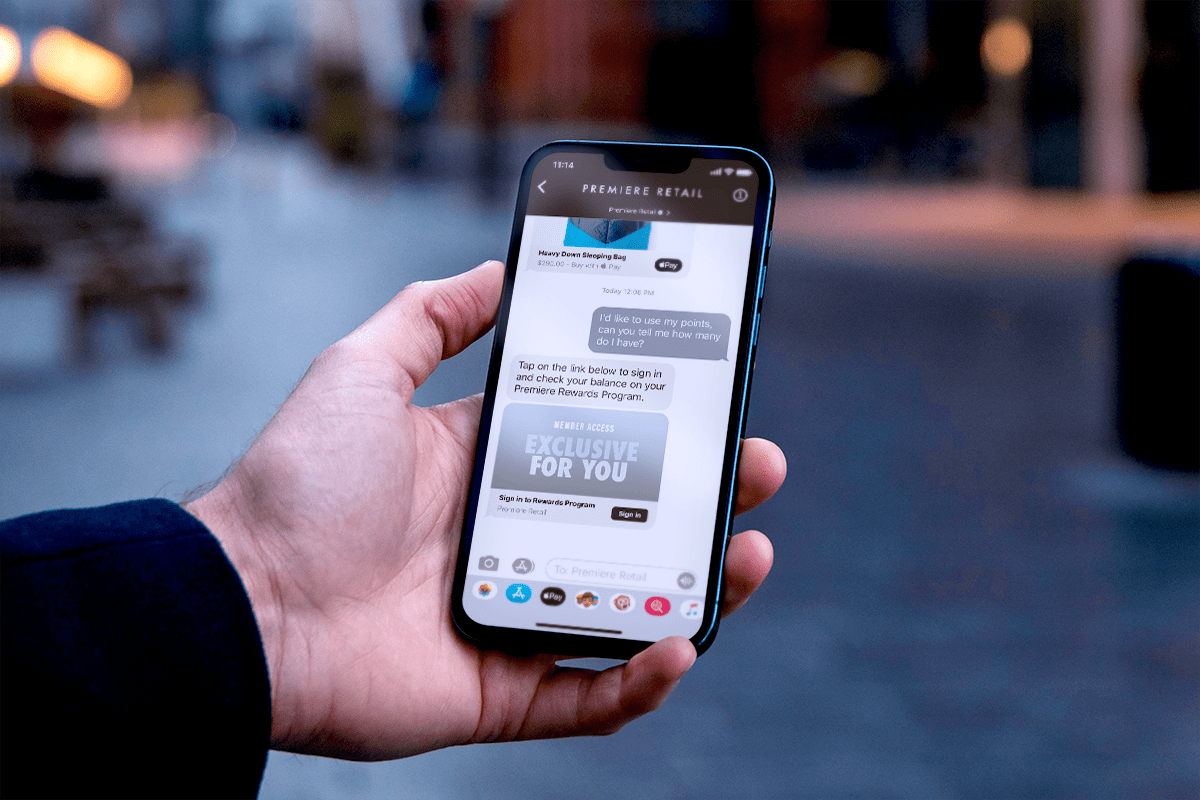These days, more and more of the tedium of contact center work is being delegated to sophisticated automated platforms—and email is no different.
Email automation for customer service is an exciting frontier that promises to lower costs, boost retention and revenue, and ultimately make customers happier.
But how does it all work and what are the specific benefits of email AI automation? That’s what we’ll discuss today.
What is Email Automation for Customer Service?
Email automation for customer service allows you to automate and personalize email communication, significantly improving response times, customer satisfaction, and operational efficiency. It allows businesses to handle high volumes of inquiries while maintaining a human-like touch in interactions.
You’re probably already sending emails to customers, but with the right AI email support, you can quickly respond to a question about a warranty on a recently purchased item, clarify when an order is going to be delivered, etc. Your customers will be happier with faster responses, while your agents will have more time to do what they do best: solving more complex customer issues.
What Problems Does Automation for Customer Service Solve?
All the material below covers the benefits of email automation for customer service, but it’s worth briefly touching on why this is important in the first place. A great way to do that is by focusing on the impacts of email automation on your business and your customers. Let’s take these in order.
Without an asynchronous email platform, just about the only way to interact with customers at scale is by having a person respond to each message. This simply isn’t tenable for businesses dealing with a huge volume of inbound queries. Reducing this volume—and getting customer inquiries solved faster—is one of the places where email automation for customer service really shines.
There’s more. Ensuring that your emails reach consumers’ inboxes and not their spam folders is an ongoing challenge, which can ultimately impact the effectiveness of your communication strategy. Worse, traditional email also suffers from the fact that creating personalized and relevant email content for a large and diverse consumer base can be astoundingly resource-intensive and complex, to say nothing of the cost of sending large quantities of emails.
Now let’s look at things from your customers’ perspective. Manual approaches to processing customer emails tend to make it hard to offer your customers the experience they want. Almost half of today’s customers expect businesses to respond to emails in less than four hours, which is tricky to do unless you have someone (or an email AI assistant) assigned to that one task.
For all these reasons and more, savvy CX directors are spending serious energy looking into asynchronous email platforms and what they make possible.
6 Benefits of Email Automation for Customer Service
Speaking of making things possible, let’s now turn our attention to the major benefits of using asynchronous email software to automate customer communications.
1. Email Automation for Customer Service is (Relatively) Easy to Use
First, let’s address a common fear around adopting a new technology such as email AI, which is that it will be difficult to adopt and integrate.
Obviously, different platforms have different learning curves, but in our experience most asynchronous email platforms have been built around ease of use. They generally take little time to incorporate into your broader tech stack, and require very few technical skills.
Plus, since email AI is usually layered onto existing email platforms (like Zendesk), there’s a pretty good chance you’ll spend most of your time interacting with software you already understand.
Email management platforms usually provide APIs to help businesses manage and process their email workflows. This means that it is easy to get your AI orchestration platform and email management software to work together.
2. Your Team Can Answer Every Customer Email Faster
Owing to the sheer volume of communications, CX teams often face an uphill battle in email triage.
This is a place where email automation for customer service has a distinct advantage. Good platforms allow you to set up automated filters that perform actions based on subject lines or the language in the body of the email itself, which means emails can be tagged, sorted, and routed to the correct agent.
And now that the age of generative AI has dawned, many issues can be resolved directly by an AI assistant for email. If the problem happens to be a tricky one, the emails can still be sent to a human agent. This means customer questions can be answered quickly and your agents can focus on those requiring a human touch.
3. Email Automation Can Achieve Personalization at Scale
Speaking of the “human” touch, emails tend to be better received when they’re personalized to each customer. But here’s a twist worthy of M. Night Shyamalan: this personalization doesn’t actually have to be provided by human beings any longer!
This wasn’t the case even five years ago, but today’s AI email support solutions can personalize emails at scale using techniques like retrieval augmented generation. When a customer asks a question about an order, for example, their order history can be used by an email AI assistant to provide as many specific details as will be helpful.
4. Automation for Customer Service Can Help Boost Retention
The three preceding sections ultimately point to one important fact: email automation for customer service can help you boost retention. When you can ensure issues aren’t falling through the cracks and personalize each email, you stand a much better chance of meeting customers where they are and addressing their concerns in a way that doesn’t feel like you see them as one name among many.
5. It Provides Enhanced Data Insights
A further benefit of email automation is that the AI can analyze trends in customer inquiries, providing valuable insights for improving products and services. This will allow you to quickly and easily discover what is resonating and what’s falling flat, opening an endless frontier of customizations and fine-tuning.
6. It Can Improve Your Bottom Line
Finally, email automation for customer service can make you more profitable, in two ways:
- First, it can lower costs. Once upon a time, you might need a person whose entire day was devoted to sending and answering emails, but with AI email support, that’s less often the case.
- Second, such automation can boost conversion rates better than batch email. Research indicates that using an automated solution can increase conversion by as much as 180%—a figure that simply can’t be ignored.
What are The Drawbacks of Automation for Customer Service?
Now, let’s spend a few minutes discussing some of the drawbacks of email automation for customer service. You should view these more as pitfalls to look out for than true drawbacks, as most of them can be avoided by judiciously evaluating your options.
1. You Have to Make Sure to Maintain the Personal Touch
Personalization is one of the most important advantages of these automated solutions, but only if you actually use them for that purpose. You could use an asynchronous email platform to streamline the process of sending batch emails, which would be to miss one of the biggest opportunities such platforms represent.
Make sure that any platform you choose offers you the ability to draw on your internal resources to make sure each email feels as though it was written for the recipient.
2. Email Automation For Customer Service Can Still Have Technical Issues
Above, we said that using asynchronous email software is easy because it is. Nevertheless, it does still have more moving parts than Gmail, which means there will be some learning curve, and there’s always the possibility that you’ll run into technical issues.
None of this should be a major obstacle, but it’s worth mentioning so that you budget your time and onboarding procedures accordingly.
3. Some Automation Systems Don’t do well with Complex Issues
Finally, it’s commonplace to note that automation systems across a variety of different industries can fail to deal with subtle or complex issues. They might handle a routine query without issue, but other things might need to be routed to a human.
This isn’t a surprise, and shouldn’t turn you off from using AI conversational email tools any more than it would turn you off from using large language models. It just means you need a way to catch tricky problems so they can be sent to the human beings with the skills to fix them.
Make the Most Use of Email Automation for Customer Service
Throughout this piece, we’ve painted a rosy picture of this technology, and that’s because we believe it’s the future of email-based customer service interactions. With it you can reduce costs, reduce your agents’ workloads, and make customers happier, all at the same time.
If you’re intrigued, we encourage you to learn more about Quiq’s email AI here.




